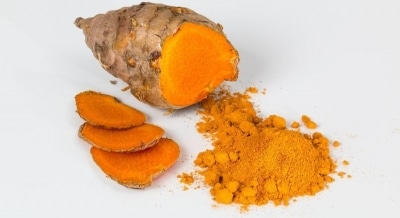Mandi: Researchers from Indian Institute of Technology Mandi (IIT-M) and Indian Association for the Cultivation of Science in Kolkata have developed a new route by which curcumin, the medicinal chemical present in turmeric, can be incorporated into drug nanoformulations.
Turmeric has been used as a food item in India for centuries, not merely as a condiment but also as a medicinal material.
Curcumin, a low-molecular-weight compound present in turmeric, has been reported to be the active medicinal principle because of its antioxidant, anti-inflammatory, antiproliferative (tending to inhibit cell growth) and antiangiogenic (refers to pertaining to a substance that reduces the growth of new blood vessels needed by tumours) properties.
Thus, curcumin is considered a potential drug for a variety of illnesses including cancer, cardiovascular problems and neurodegenerative disorders, the researchers said in the study, published in the international journal Crystal Growth & Design.
“Our research shows that curcumin can indeed be incorporated into stable drug formulations for better therapeutic efficacy,” said Dr Prem Felix Siril, Principal Investigator of the research and Associate Professor, School of Basic Sciences, IIT Mandi.
According to the study, despite the promise and the extensive use of turmeric in alternative and lifestyle therapies, the development of mainstream drugs based on curcumin has been hindered by a few problems.
Curcumin, in its natural form, is insoluble in water, which makes it less bioavailable and hence difficult for the drug to reach the tissues and cells in which they are needed. Furthermore, free curcumin is unstable; it is susceptible to fragmentation with time, especially in a neutral medium. This leads to loss of efficacy of the drug.
“Curcumin, in its natural crystalline form, is poorly soluble in water”, Dr Siri explained.
To overcome this, the IIT Mandi team combined two approaches.
The researchers used Indomethacin, a well-known nonsteroidal anti-inflammatory drug to precipitate along with curcumin in order to stabilize it in amorphous form. The combination is expected to have the therapeutic benefits of both curcumin as well as Indomethacin.
Additionally, they coated each tiny particle (nanoparticle) of co-amorphous curcumin and indomethacin with a natural polymer called chitosan, which is extracted from shells of shrimps and other crustaceans.
The chitosan generate a hydrophobic (water repellent) covering around curcumin nanoparticles and prevent it from sticking to each other and forming crystals.
“These two approaches improve two major problems ‘aqueous stability and solubility’ of curcumin and introduce an additional pH (Potential of Hydrogen) responsive release behaviour to the formulation,” the researchers wrote.
This is expected to increase the chances of direct nanoparticle absorption through the intestine after oral intake and safe delivery of curcumin to the required site with minimal aqueous exposure, the researchers added.
